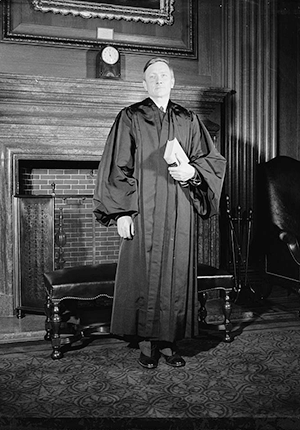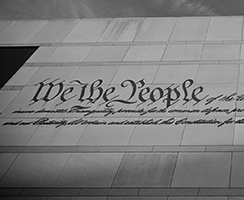Summary
Arthur Terminiello was a controversial figure and a provocative speaker. He was a strong critic of the New Deal. He opposed U.S. entry into World War II. And his speeches often traded in vitriolic rhetoric, conspiracy theories, and antisemitism. In 1946, he spoke at an auditorium in Chicago. As was often the case with Terminiello, his speech attracted a large crowd of both supporters and protestors. Police were called in to try to keep the peace. The scene eventually turned violent, and the police went on to arrest Terminiello for his role in inciting the crowd. He was convicted of disorderly conduct, and his case later reached the Supreme Court. There, the Justices had to weigh the importance of free speech against the government’s interest in maintaining order. In a 5-to-4 decision, the Supreme Court threw out Terminiello’s conviction. In his majority opinion, Justice Douglas concluded that protestors should not have a “heckler’s veto” over the content of a controversial speech and that the government should not shut down speech just because it offends the audience. While the government does have a duty to deal with violent and unruly protestors, it should not punish the controversial speaker for saying things that the audience does not like.





